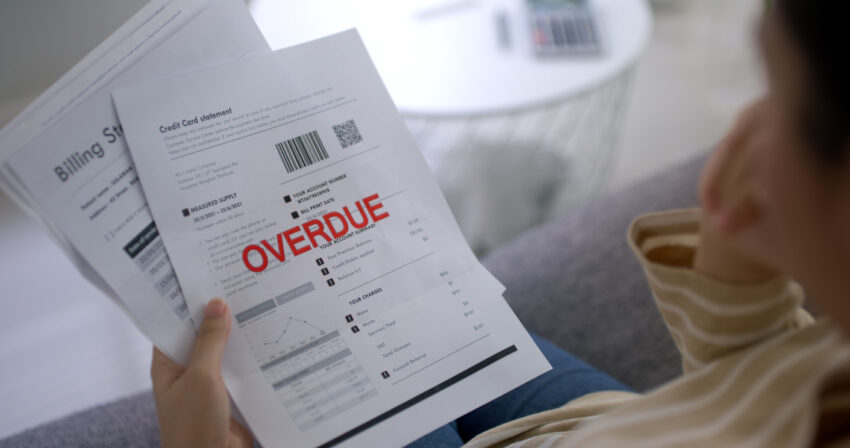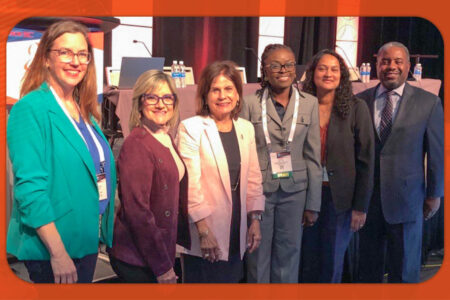
Share On Social!
COVID-19. Monkeypox. Inflation. The housing crisis. Student debt. Climate change.
There’s a lot going on. It’s understandable why young people are stressed “basically at all times.”
Unfortunately, many believe the future may not be much better for young people.
More than half of Americans agree that young people today are unlikely to have a better standard of living than their parents, according to a new poll from the University of Chicago Harris School of Public Policy and The Associated Press-NORC Center for Public Affairs Research.
A better standard of living includes having the financial means to comfortably raise a family and own a home, but these goals have gotten harder to achieve with the rising cost of living and housing.
Add the student loan debt crisis, and you’ve got the perfect storm for young people struggling to make ends meet.
In fact, a recent study found that Millennials and Gen Zs have cited the rising cost of living as their biggest worry. Almost half of Gen Zs (46%) and Millennials (47%) already live paycheck to paycheck.
As many as 43% of Gen Zs and 33% of Millennials have a second part- or full-time paying job in addition to their primary job to compensate for the rising cost of living. More than a quarter of Gen Zs (26%) and Millennials (31%) believe they will not be able to retire comfortably.
For Latinos, who are already more likely to be uninsured, housing cost burdened, and food insecure, the rising cost of living has been especially difficult.
“Things have doubled and tripled in price, ” Josean Cano, a 39-year-old Latino living in Chicago, told AP News. “We’re not talking about gym shoes or concert tickets. We’re talking about essentials. Six months ago, you couldn’t find PediaSure. And if you could find it, it would be $20. It used to be $11 at Target.”
Cano is one of many that believes he is having a harder time economically than his parents.

He told AP News that inflation, housing costs, and the recent baby formula shortage are mostly to blame for his troubles.
Cano isn’t wrong to feel this way.
In fact, the value of the federal minimum wage is at its lowest point in 66 years, according to a recent Economic Policy Institute study. The current federal minimum wage of $7.25 per hour is now worth less than at any point since February 1956.
To put this into prospective, a minimum wage worker today earns 40.2% less than a minimum wage worker in February 1968, the historical high point of the minimum wage’s value; and 27.4% less than a minimum wage worker in July 2009, when the minimum wage was last increased.
How Does the Future Fare for Other Groups?
It’s not just young people that are struggling.
Across all races and groups, 49% of Americans believe it is hard for them and their family to improve their standard of living, according to the poll.
These results indicate generally difficult economic times that may have an even greater impact on vulnerable groups.
For example, 60% of Americans believe it is hard for immigrants to improve their standard of living, and 50% of Americans believe it is hard for Latino adults to improve their standard of living. The US is home to 44 million immigrants. Most immigrants are Latino. They relocate here from Mexico, El Salvador, Cuba, Dominican Republic, and other places around the globe. Many are undocumented.
Regardless of immigration status, US Latinos indeed face many barriers to building a better life, including less access to healthcare, affordable housing, higher education, and livable wages.
Systemic discrimination and racism have shaped policies that fuel many of these barriers.
In fact, Black and Latino adults were more likely than white adults to cite race and ethnicity as important in improving their standard of living, according to the poll.
These results indicate that people of color still feel the effects of preferential treatment toward whites.
Working Toward a Brighter Future
While about half of Americans feel that the future is doom and gloom, changes are happening that can help build a brighter future.
Some of these changes include a variety of federal policies to combat inflation, rising housing prices, and climate change.
The Biden Administration also recently announced a reversal of the 2019 public charge rule, which will help increase uptake of public assistance programs, such as Medicaid, for immigrant families.
Further, the Biden Administration is investing a substantial amount of funding into improving public health, which will help increase healthcare access and improve health outcomes for Latinos and all people.
You can also help build a brighter future by pushing for local equitable changes.
Select your county and get a Health Equity Report Card by Salud America! at UT Health San Antonio.
In your report card, you will see maps, data, and gauges to compare health equity issues, including poverty rates and housing, to the rest of your state and nation.
You can email your Health Equity Report Card to local leaders to stimulate community change. Use the data in your materials or share on social media to raise awareness of the issues Gen Zs and Millennials are facing, and what we can do to help.
Get your Health Equity Report Card!
Explore More:
Understanding & Reducing PovertyBy The Numbers
23.7
percent
of Latino children are living in poverty



